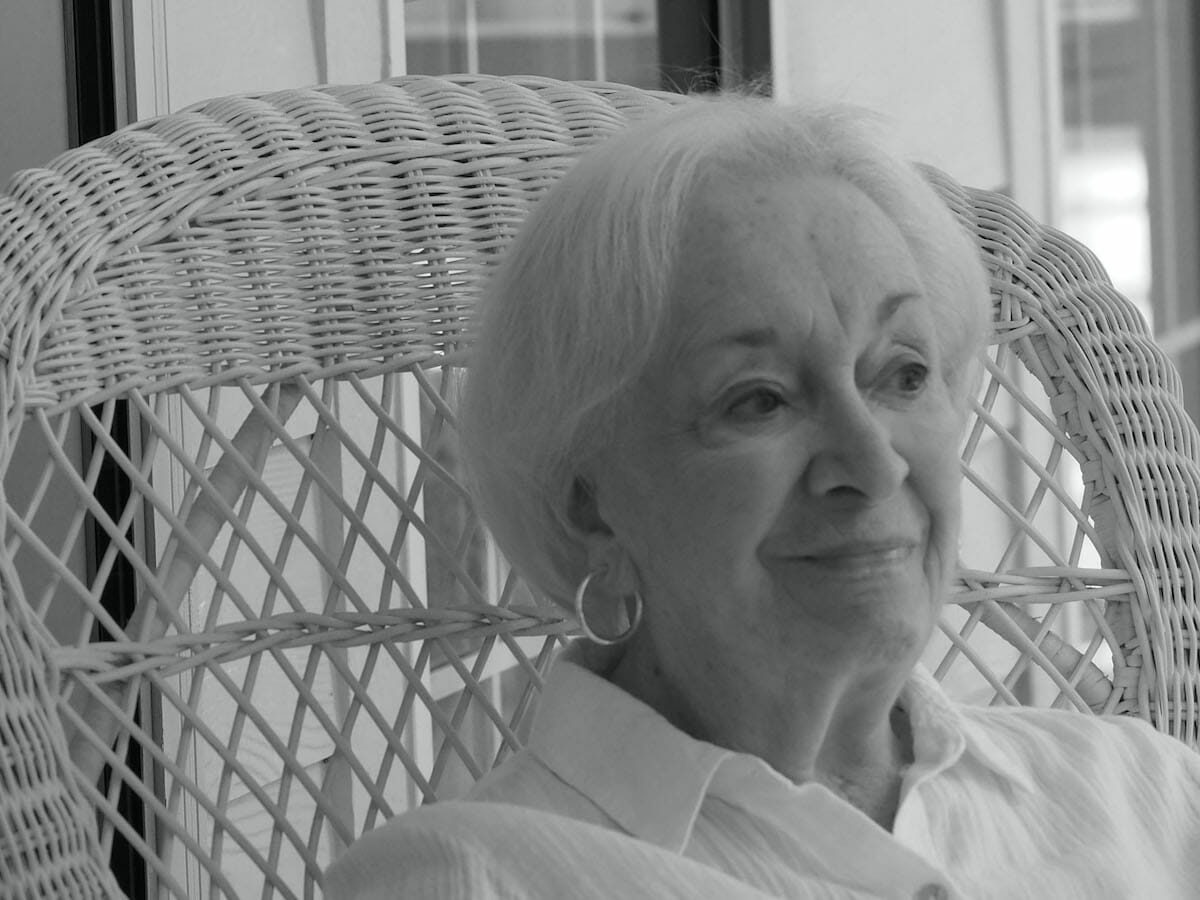By Scott Graber
It is Wednesday, and I’m at Tunnel City Coffee sipping a latte ($4.28) watching a steady stream of culture-seeking tourists pour into the four-storied, former mill building that now houses the Massachusetts Museum of Contemporary Art.
Notwithstanding my view of those seeking the epiphany, wonder and puzzlement that comes with a ticket to MassMoca, my thoughts are on another museum — The Frontier Cultural Museum — in Staunton, Va. Susan and I were there about a week ago, and I’ve not quite escaped that experience.
The Frontier Museum in an open-air assemblage of houses, cottages, huts and barns that tell the story of the Scots-Irish immigrants who poured into the Valley of Virginia in the mid-1700s. The Frontier Museum is a kind of Appalachian answer to Colonial Williamsburg down on the coast. But the Scots-Irish were nothing like the English who settled the Tidewater and built the elegant brick buildings along Duke of Gloucester Street.
The Scots-Irish started off in the Scottish Lowlands, then were forcibly transported to Ulster in Northern Ireland, then crossed the Atlantic arriving in Pennsylvania. From Pennsylvania these wandering immigrants moved themselves and their livestock down the “Wagon Road” into the Shenandoah Valley.
These were tough, independent, rifle-toting people who were thought to be ungovernable. They were descended from the Scotti tribe (for which Scotland is named) owing their allegiance to local, blue-painted chieftains and not to any central government. Certainly not the to the English King or his Crown-supported church. These people did not resemble the tobacco-growing aristocracy living on the coast.
When they arrived, they built crude, one-room huts, cleared a couple of acres for corn and did not live in harmony with the local Indians. In fact, they were encouraged to settle the Appalachian Mountains for the singular purpose of forming a protective buffer between the indigenous tribes and the tobacco-growers in the Tidewater.
The museum comes with an English farmhouse (originally from Worcester) representing what the settlers left behind. There is also an Irish farmhouse showing how the wandering Scots lived while they lingered in Ulster, Ireland. And then, to be inclusive and fair, there are American Indian huts.
But the Museum does not start its story in Scotland. The FCM starts off in Nigeria showing us a West African Farm and an Igbo household. This then is the story of the Igbo people who were transported to Virginia beginning in 1700.
The Igbo village is kind of sparse with two thatched-roof structures furnished with terra cotta pots, a couple of drums and a demonstration yam. The Igbo exhibit seems to be an add-on in the interest of DEI.
When Susan and I arrived at the Igbo farm, I asked the young, female attendant about the Igbo having spent a little time in Nigeria. She came alive talking about the argumentative character of the Igbo — and said they were always the last slaves to be purchased. But most of the Igbo ended-up in the Tidewater tending tobacco.
The Igbo never got into the Shenandoah Valley because the Valley did not grow tobacco; and the Scots-Irish could not afford slaves, and so this West African farm would be more appropriate attached to Colonial Williamsburg. But the Shenandoah Valley did grow raw, independent, gun-toting Presbyterians who would fill-out the ranks of the Confederate Army.
Lately scholars seem conclude that the Confederate infantry were simply racists — the Civil War now reduced to a struggle over slavery.
But the Scots-Irish who were the bulk of the Army of Northern Virginia were not slave-owners. Why, then, did these dirt poor, obstreperous, Scottish-descended mountain people fight for so long?
I have a personal interest in this issue because my wife’s people are from Page County, Va., and one of them, Joseph Henry Reid, carried messages between Stonewall Jackson and Wade Hampton — I happen to have his Colt 1851 Navy Revolver.
James Webb (the author of “Born Fighting”) says these Scots-Irish people were angry about Virginia being invaded by the North; had an over-riding allegiance to local leaders; and a history of fighting foreign invaders stretching back to the Roman Legionnaires on Hadrian’s Wall.
Susan and I found that the Civil War — long a mainstay of Virginia tourism — is rarely mentioned here. This museum has moved on.
But the best apple pie on earth may be found, within five minutes of Frontier, at Mrs. Rowe’s Family Restaurant.
Scott Graber is a lawyer, novelist, veteran columnist and longtime resident of Port Royal. He can be reached at cscottgraber@gmail.com.








